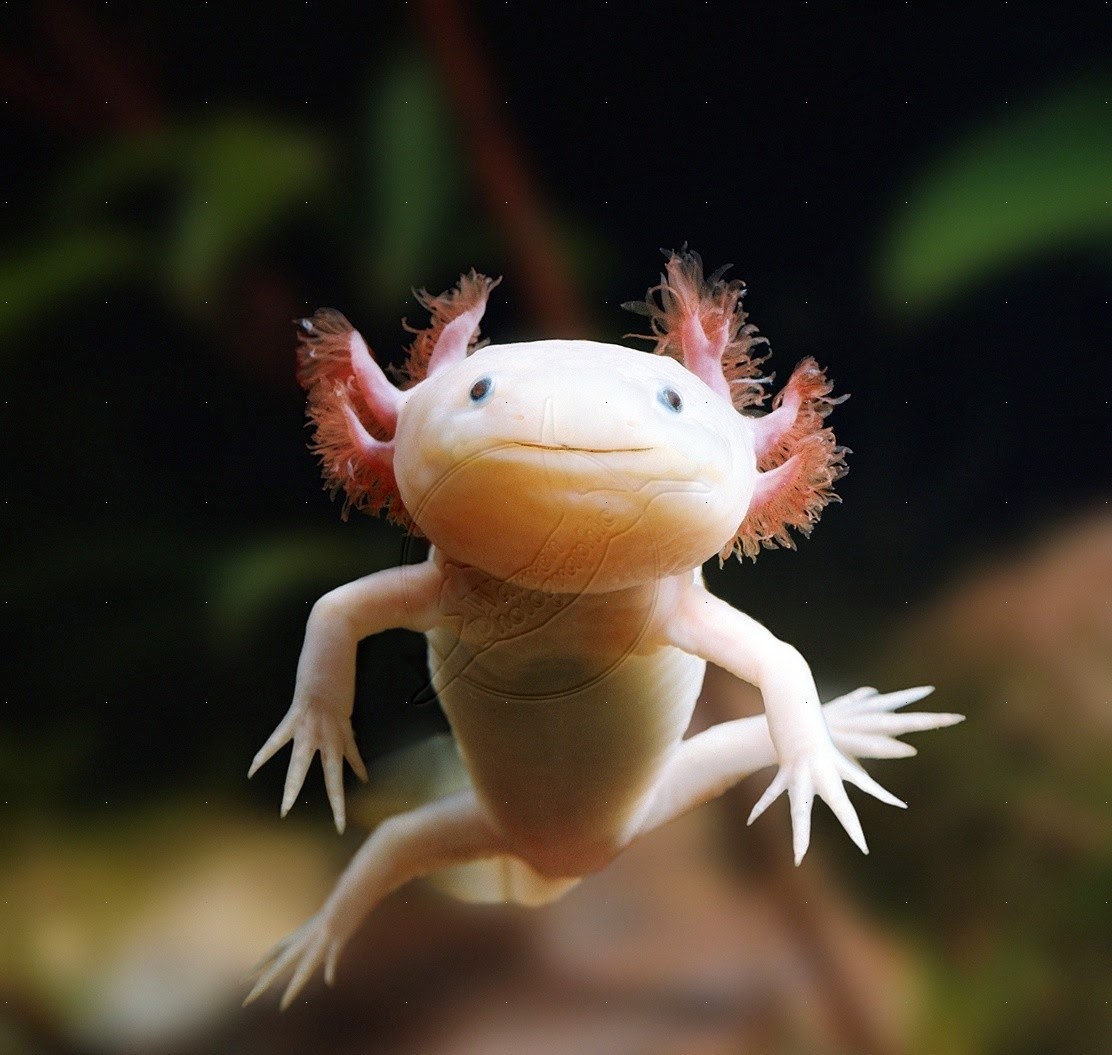Axolotls are unique aquatic creatures that have captured the hearts of many with their whimsical appearance and remarkable regenerative abilities. These fascinating amphibians, native to the lakes of Mexico, are not just a single type but rather a collection of various morphs and colors, each with its own distinct characteristics. Understanding the different axolotls types is essential for enthusiasts, researchers, and anyone looking to care for these enchanting animals. As we dive into the world of axolotls, we will explore the various types that exist, their unique features, and how they can be best cared for in a domestic setting. From the iconic wild-type to the striking leucistic, the diversity among axolotls is truly a sight to behold.
In recent years, axolotls have gained immense popularity as pets, leading to an increased interest in their various forms. Each axolotl type has its own beauty and charm, attracting hobbyists and collectors alike. Furthermore, understanding these types can aid in conservation efforts, as many axolotl populations are endangered in their natural habitats. By learning about the different morphs and their specific needs, we can contribute positively to their survival and well-being.
In this article, we will delve into the different axolotls types, answering common questions and providing valuable insights into their care and characteristics. Whether you are a seasoned axolotl keeper or a curious newcomer, this guide will enhance your knowledge and appreciation for these remarkable creatures.
What Are the Main Types of Axolotls?
Axolotls can be categorized into several distinct types, primarily based on their coloration and physical features. The most common axolotls types include:
- Wild Type: The original form, featuring dark pigmentation and a mottled appearance.
- Leucistic: A pale, pinkish-white variant with translucent skin and visible blood vessels.
- Albino: A completely white axolotl with red or pink eyes, lacking pigmentation.
- Golden Albino: Similar to the albino but with a golden hue and brighter coloration.
- Melanoid: Darker than the wild type, this morph lacks the iridophores, giving it a solid black appearance.
- Giant Axolotls: A rare type that can grow significantly larger than the standard axolotl.
- Axanthic: Characterized by the absence of yellow pigmentation, making them appear darker.
- Piebald: A mix of colors, featuring patches of white and dark pigmentation.
How Do Axolotls Types Differ in Appearance?
The appearance of axolotls varies greatly between the different types, making them easily distinguishable. For instance, wild-type axolotls have a dark, earthy coloration that aids in camouflage, while leucistic axolotls exhibit a soft, almost ethereal look due to their pale skin. The vibrant colors of albino and golden albino axolotls add a whimsical charm, making them popular among enthusiasts.
Are There Any Rare Axolotls Types?
Yes, certain axolotls types are considered rare and are highly sought after by collectors. The giant axolotls, for example, are not only larger but also less commonly found in the pet trade. Additionally, the axanthic and piebald morphs are rare variations that can fetch higher prices due to their unique appearances. Collectors often seek these rarer types to add diversity to their collections.
What Are the Care Requirements for Different Axolotls Types?
Caring for axolotls can vary based on their specific types, but some general guidelines apply to all. Here are key care considerations:
- Water Quality: Axolotls thrive in clean, cool water with a pH between 6.5 and 7.5.
- Temperature: Ideal water temperatures range from 60°F to 68°F (16°C to 20°C).
- Tank Size: A minimum tank size of 20 gallons is recommended to provide ample space for swimming.
- Diet: A balanced diet of high-quality pellets, live worms, and occasional treats is essential.
Can Different Axolotls Types Live Together?
When considering housing different axolotls types together, it is essential to be cautious. While some axolotls can coexist peacefully, others may exhibit territorial behaviors, especially during breeding seasons. It's generally advisable to keep individuals of the same type together to prevent stress and potential harm. Additionally, variations in size can lead to predation, with larger axolotls possibly viewing smaller ones as prey.
What Are the Breeding Differences Among Axolotls Types?
Breeding axolotls can present unique challenges depending on the types involved. Generally, all axolotls can breed with one another, but the resulting offspring may display a mix of characteristics from both parents. Breeders often select specific types to produce desired traits, such as coloration or size. It's important to note that breeding should be approached with care to ensure the health and well-being of the axolotls.
How Do Axolotls Types Contribute to Conservation Efforts?
As the popularity of axolotls grows, so does the importance of conservation efforts for their wild counterparts. Understanding the different axolotls types can aid in breeding programs aimed at preserving genetic diversity. By raising awareness of the various morphs and their unique needs, enthusiasts can play a crucial role in conservation efforts, promoting sustainable practices and supporting habitat preservation.
What Is the Future of Axolotls Types in the Pet Trade?
The future of axolotls types in the pet trade looks promising, with a growing interest in responsible ownership and breeding practices. As more people become aware of the unique characteristics and care requirements of different axolotls, the demand for ethically sourced pets will likely increase. This trend can foster a greater appreciation for these captivating creatures and encourage efforts to protect their natural habitats.
In conclusion, the world of axolotls types is as diverse as it is fascinating. By understanding the various morphs and their specific needs, we can enhance our appreciation for these extraordinary amphibians and contribute to their conservation. Whether you are a dedicated collector or a curious newcomer, exploring the different axolotls types is sure to deepen your admiration for these remarkable creatures.
Article Recommendations


